The ghosts of past purges
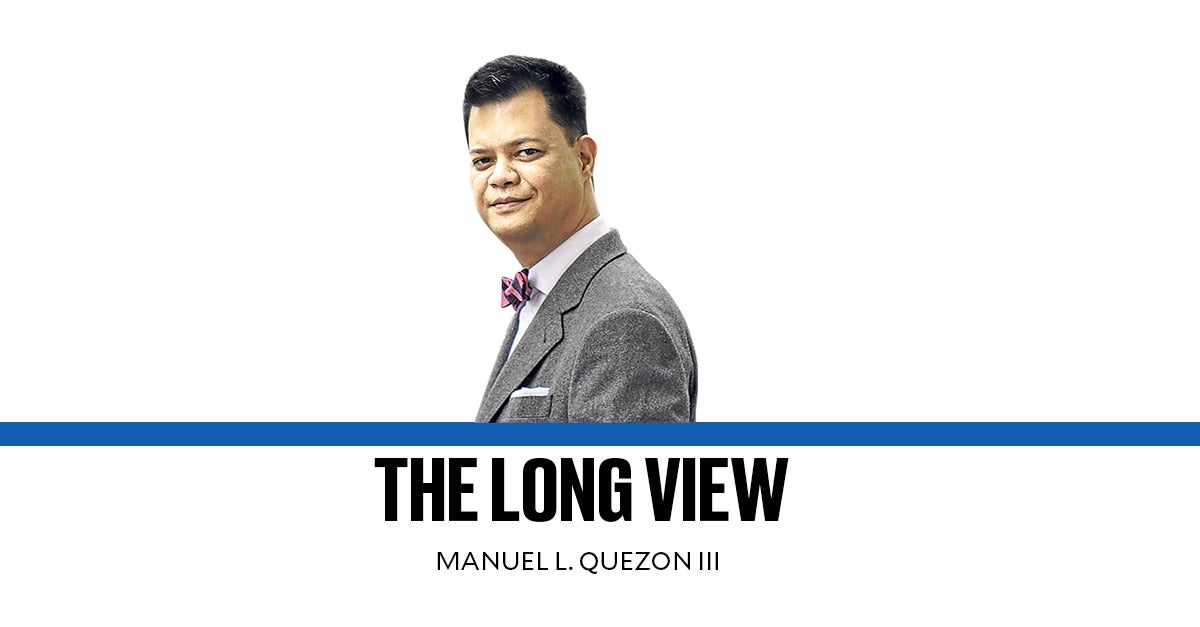
Of the three restoration regimes we’ve had—Gloria Macapagal Arroyo, Benigno Aquino III, and Ferdinand Marcos Jr. —what sets them apart from their post-Edsa presidential contemporaries is a longer institutional memory, so to speak, of the presidency. In the case of Arroyo and Marcos, that memory is much longer than that of Aquino, who bore his mother’s administration constantly in mind. In the case of Arroyo, it included a longer stretch of time encompassing the second half of the Third Republic.
I’d even go so far as to argue that this longer memory meant that these presidents instinctively sought to invoke precedents that were politically normal during the pre-martial law era, but which are essentially forgotten both by their political peers and the media, which reports on and interprets the political actions of presidents.
Consider Mr. Marcos’ decision to ask for the courtesy resignations of his entire Cabinet and other presidential appointees. The terms used were contemporary—a “bold reset”—though the language of the President was in keeping with that of his predecessors stretching back to the time of his father and long before: “The people have spoken, and they expect results.”
We forget after a midterm that it’s traditional for presidents to have a Cabinet revamp: when rebuked by a defeat, throwing people overboard offers a human sacrifice to the public; where presidents do well and feel validated, it pays off old debts.
The last to have a revamp like this happened to be Arroyo. But then, 2007 was nearly two decades ago, and in terms of reporters alone, the few who still have jobs were mostly too young to remember even her presidency.
Let’s be specific: We’re talking about an extraordinary act and one widely understood to be such, defined as when the Chief Executive asks the entire Cabinet to submit their resignations pending the formation of a new Cabinet and not the usual revamp or reshuffle involving a few, part of the normal course of business.
A quick review suggests this roster, 1935-2025. For the first nationally elected administration, Manuel Quezon, it happened twice: from Nov. 12 to 25, 1938, after the 1938 midterm victory (the only 100 percent victory until Rodrigo Duterte’s 2019 midterm sweep), and Dec. 24, 1941 for the extraordinary need to abolish and merge departments and form the Commonwealth War Cabinet. Sergio Osmeña, twice: on Nov. 11, 1944, after his return to Leyte and on Feb. 27, 1945, in Manila, when the full authority of the Commonwealth was restored. For his part, Manuel Roxas was authorized to reorganize the government but didn’t mount a total revamp.
Elpidio Quirino, however, undertook a total revamp four times: although the Roxas Cabinet submitted their collective resignation when he assumed office, he declined to accept it, and Quirino didn’t ask for courtesy resignations until Sept. 1 to 24, 1948, or five months after succeeding into office and again on June 29, 1949, five months ahead of the 1949 presidential election. He did so again on Nov. 28, 1949, when the results of that election became known; and finally on Nov. 23, 1951, after the disastrous midterm defeat.
Most entertaining was Carlos P. Garcia’s after his 1959 midterm victory: it stretched at the very least from Nov. 25, 1959, to Jan. 12, 1960, including, at first, broad hints (after his initial request for courtesy resignations) for officials to comply, and what seemed like nagging every few weeks. Diosdado Macapagal’s was different: he asked for mass resignations on Jan. 21, 1962, just a few weeks after assuming office, upon the advice of Justice Secretary Jose W. Diokno in response to Garcia’s packing the government with midnight appointees.
Ferdinand Marcos Sr. did mass layoffs four times: on Aug. 5, 1967, four months ahead of the 1967 midterms; on Jan. 18, 1972, in the lead-up to his 7th Sona; on July 23, 1979, in response to the oil crisis; and on June 26, 1981, a few days before he proclaimed the “New” or Fourth, Republic.
Former president Corazon Aquino called for mass resignations thrice, each after surviving a challenge to our newly restored democracy: on Nov. 23, 1986, when the “God Save the Queen” plot was uncovered; and on Sept. 9, 1987, and Dec. 31, 1989, after surviving coup attempts. Arroyo did so twice: on July 7, 2005, in the wake of the Garcillano controversy and on June 13, 2007, after her midterm defeat –except, uniquely, after having asked for courtesy resignations, the Palace ended up backtracking and, uniquely, abandoned the scheme. Not until May 22 of this year, would another president, Marcos Jr., again ask his Cabinet and other appointed officials to submit their courtesy resignations.


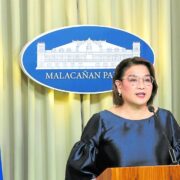
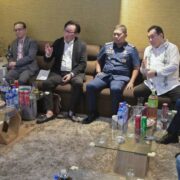

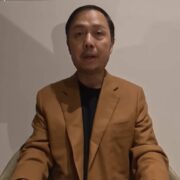

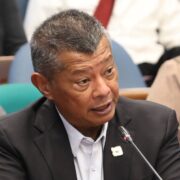
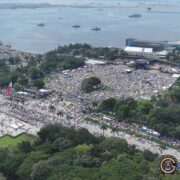

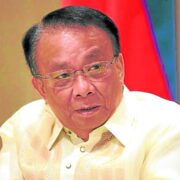
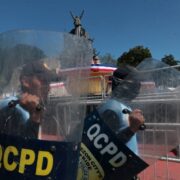





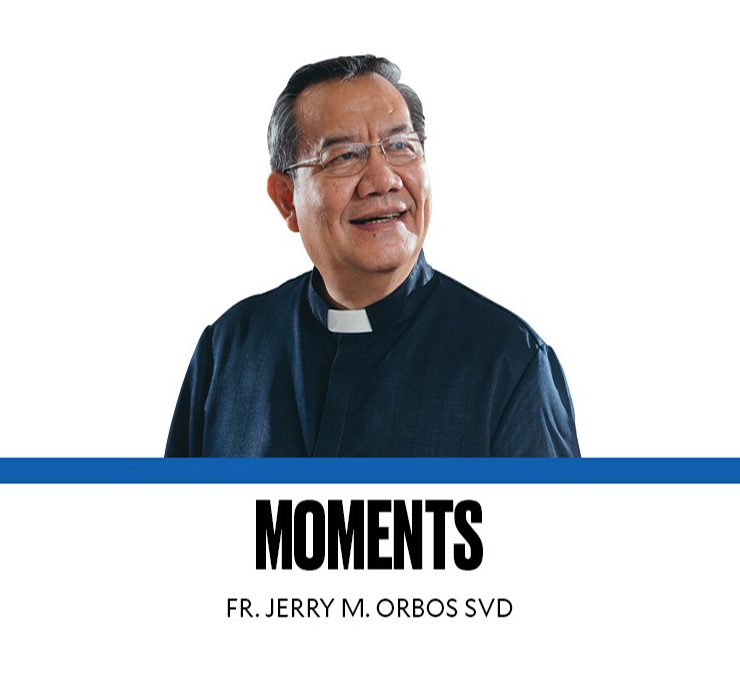



A shared future through deeper China-Asean synergy